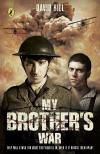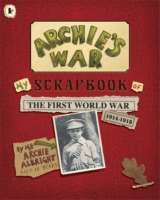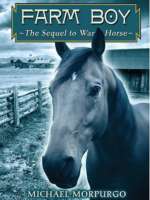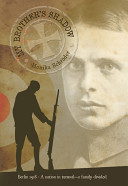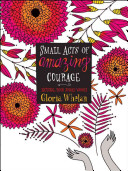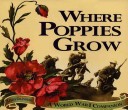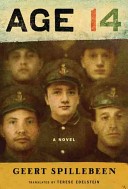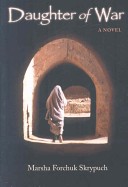The story starts in 1915. Midge Macpherson is at school in England, having been sent there from New Zealand after her father’s death. Her brothers are both serving in the war; her younger brother was last heard of at the Gallipoli campaign earlier that year. Her cousins are serving in the British army. Keen to ‘do their bit’ for the war effort, Midge and her school friends, Ethel and Anne, start up a canteen behind the front in France. Anne, daughter of English aristocracy, can’t wait to escape her inevitable future of being married off to someone ‘suitable’, and Ethel, a Yorkshire lass, six foot tall and built like a rugby player, isn’t exactly debutante material.
As the war goes on, the girls start to see the consequences of the ‘noble cause’ they’re supporting, graphically illustrated by letters from Midge’s brother Dougie, her aunt Lallie (who is running a hospital ward in Alexandria), and a couple of Australians also serving on the front, Gordon Marks and Harry Harrison. Midge, resourceful for her years, is ‘borrowed’ by the ambulance service, thus witnessing at close hand the carnage of the battlefields, and hearing the stories of those who come back. She sings songs to the dying, learns to tolerate hit-and-miss anaesthesia and twelve-hour shifts, and meets some remarkable people. She accepts a birthday gift of a drawing, done by a blinded soldier, of a vase of roses. And, on her return to New Zealand, discovers that her world has changed, and she must seek out her future in Australia.
